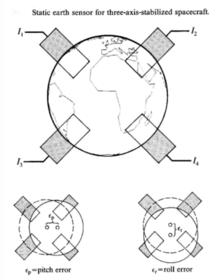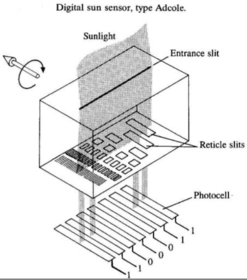Degree Aerospace Engineering Karteikarten am AOCS - Attitude and orbit control systems, erstellt von Luke Hansford am 29/12/2015.
Angeheftet an
186
9
0
Keine Merkmale angegeben
|
|
Erstellt von Luke Hansford
vor etwa 9 Jahre
|
|
Schließen





